After opening the program, you can define the standard and method according to which the design is performed. The ultimate and serviceability limit states can be designed according to the linear and nonlinear calculation methods. Load cases, load combinations or result combinations are then assigned to different calculation types. In other input windows, you can define materials and cross‑sections. In addition, it is possible to assign parameters for creep and shrinkage. Creep and shrinkage coefficients are directly adjusted, depending on the age of the concrete.
Support geometry is determined by means of design‑relevant data such as support widths and types (direct, monolithic, end, or intermediate support) and redistribution of moments as well as shear force and moment reduction. CONCRETE recognizes the support types from the RSTAB model automatically.
A segmented window includes the specific reinforcement data such as diameters, the concrete cover and curtailment type of reinforcements, number of layers, cutting ability of links, and the anchorage type. In the case of the fire resistance design, it is necessary to define the fire resistance class, the fire‑related material properties, and the cross-section side exposed to fire. Members and sets of members can be summarized in special 'reinforcement groups', each with different design parameters.
You can adjust the limit value of the maximum crack width in the case of crack width analysis. The geometry of tapers is to be determined additionally for the reinforcement.
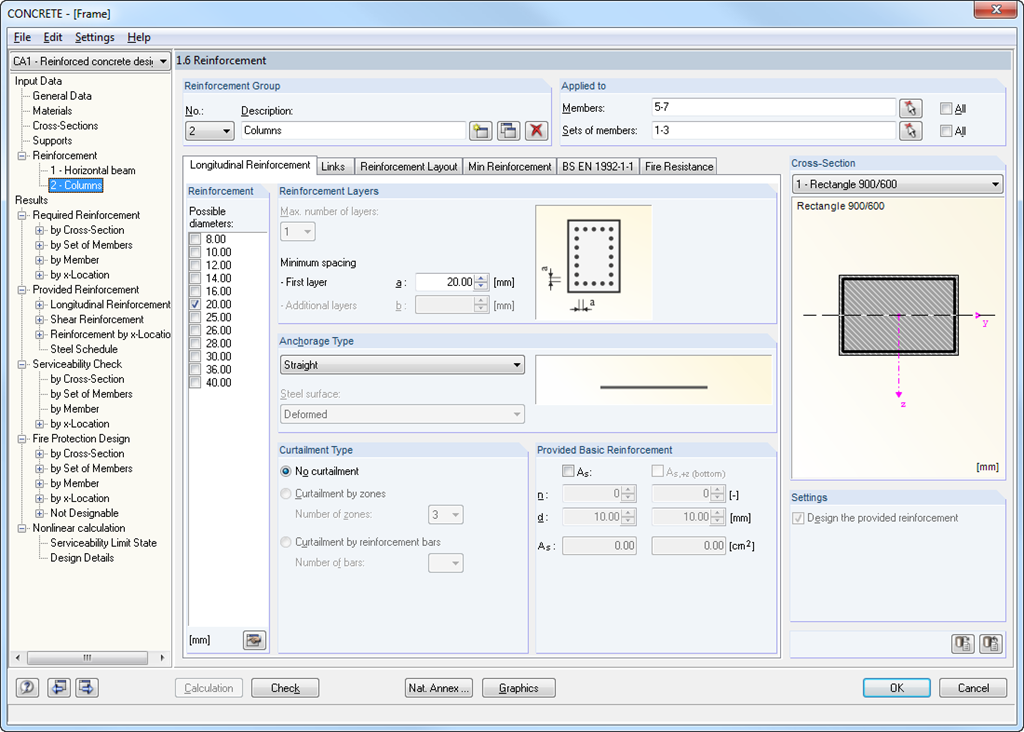


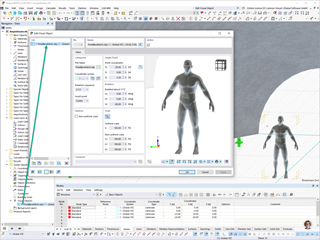

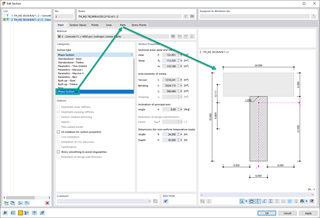
































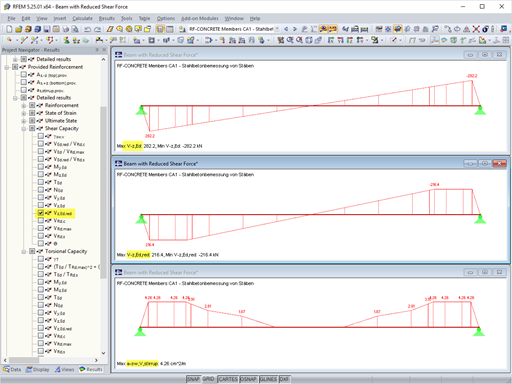
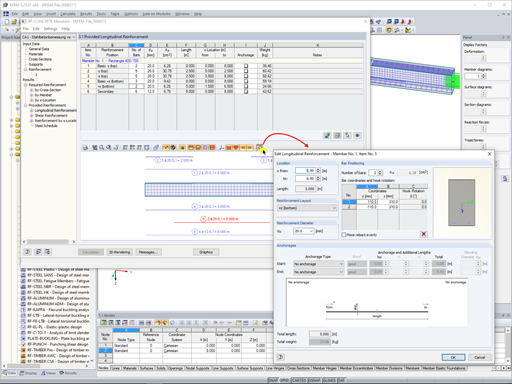







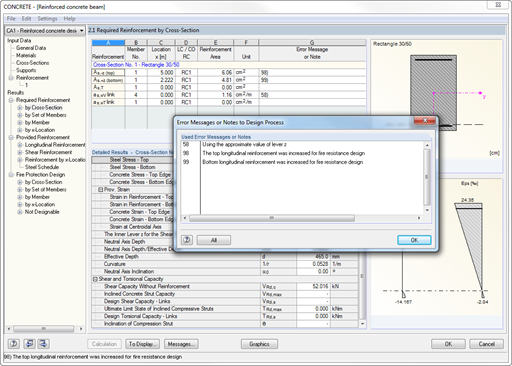

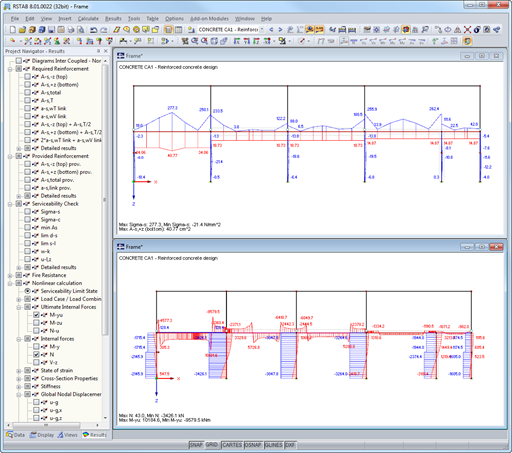
.jpg?mw=350&hash=cc652aebc0479018e6ba0a6b365326fa577fc693)














